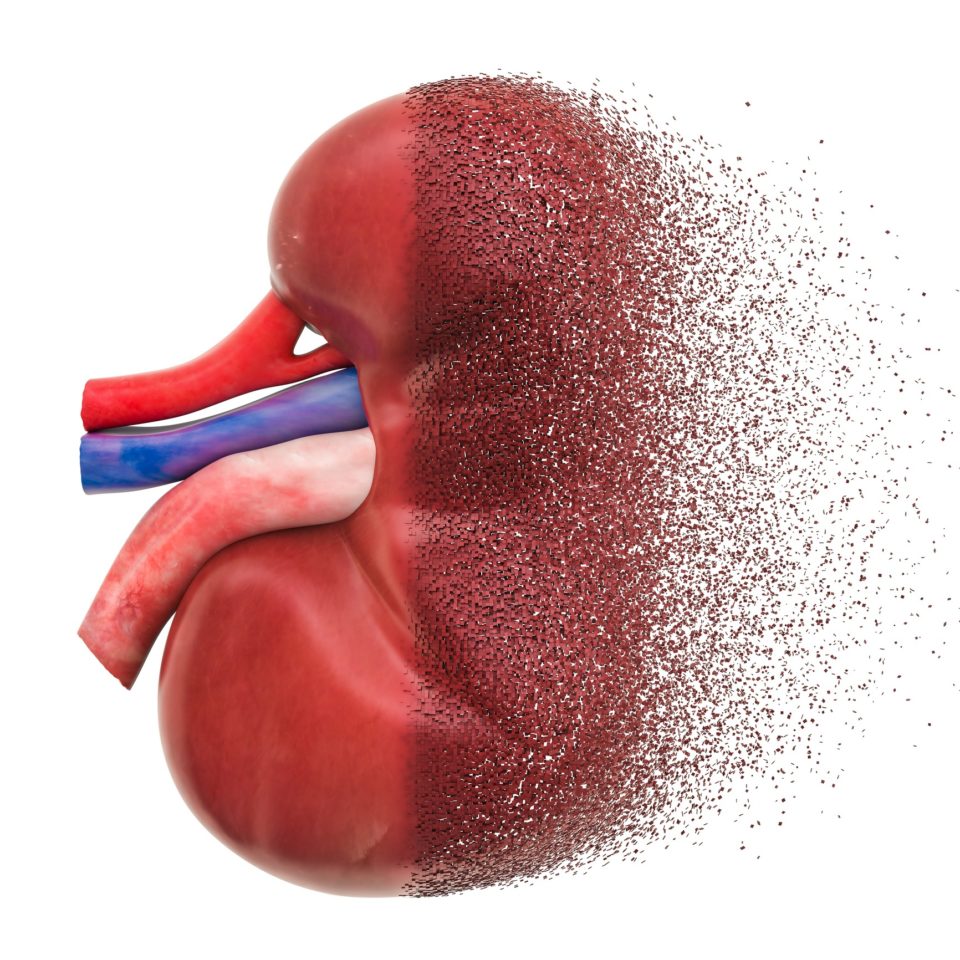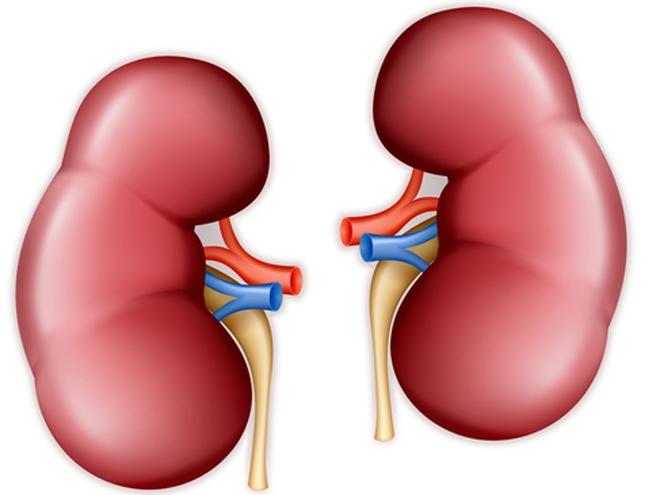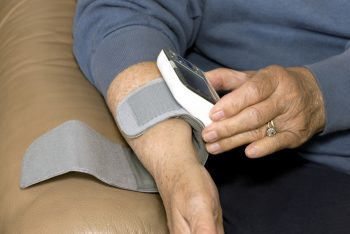
In patients on hemodialysis, ultrafiltration rate (UFR) is associated with an increased risk of mortality. There are few data available regarding changes in UFR over time. Mustafa Dawood, MD, and Jose Navarrete, MD, renal division, Emory University, Atlanta, Georgia, conducted a study to examine changes in UFR over time in hemodialysis patients.
Results of the study were reported during a poster session at NKF SCM22. The poster was titled Changes in Ultrafiltration Rate (UFR) Over Time in Hemodialysis Patients.
The study cohort included all incident hemodialysis patients who were admitted to dialysis units at Emory who were alive and still receiving hemodialysis after 3 years. Ultrafiltration (UF, weight pre-dialysis minus weight post-dialysis) and UFR (UF in mL/weight post-dialysis/dialysis time in hours) were calculated and time-referenced to the beginning of hemodialysis tenure. During the observation period, the researchers also determined the proportion of patients with UFR >13 mL/kg/hour as well as the average UFR for the entire cohort.
A total of 433 patients met inclusion criteria. Of those, median age was 56 years, 95% were Black, 53% were male, 22% had a history of congestive heart failure at the time of dialysis initiation, and 12% had chronic viral disease (HIV, hepatitis C or B).
During the 3-year observation period, the percentage of patients with average UFR >13 mL/kg/hour increased. The average UFR also increased during the first year of hemodialysis tenure. Average weight decreased from 83.8 kg at the start of dialysis to 82.6 kg at 12 months and 82.3 Kg at 36 months (P<.01).
During the first 3 months of dialysis, achieved dialysis duration increased from 208 minutes to 212 minutes (P<.001). It remained stable thereafter for the duration of the observation period. During the first month of dialysis, UF increased from 1.7 L to 2.2 L at 12 months (P<.001). UF remained stable thereafter.
“There was significant increase in UFR during the first year of dialysis, associated to an increase in UF and loss of weight,” the researchers said. “The proportion of patients with UFR >13 mL/kg/hour also increased over time in dialysis. Achieved dialysis duration did not change significantly after 3 months of dialysis as it is usually aimed at achieving adequate clearance and not to limit UFR. Dialysis prescription should take into consideration changes in patient weight and increased UF to limit the effect on UFR.”
Source: Dawood M, Navarrete J. Changes in ultrafiltration rate over time in hemodialysis patients. Abstract of a poster (Poster #239) presented at the National Kidney Foundation 2022 Spring Clinical Meetings, Boston, Massachusetts, April 6-10, 2022.







 © 2025 Mashup Media, LLC, a Formedics Property. All Rights Reserved.
© 2025 Mashup Media, LLC, a Formedics Property. All Rights Reserved.